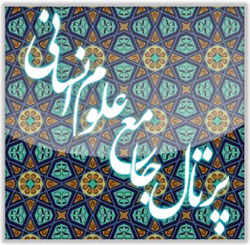Economic Transformations in Iran During Mohammad Reza Shah Pahlavi's Era: Development Plans and Their Consequences
Keywords:
Mohammad Reza Shah Pahlavi, development plans, economic development, political modernization, oil revenues, Iran, inflation, social dissatisfaction, land reformsAbstract
This paper examines the economic transformations in Iran during the reign of Mohammad Reza Shah Pahlavi, focusing on the development plans and their consequences. Shah's domestic and foreign economic policies were heavily influenced by his political objectives. From the late 1940s onwards, various development plans were implemented, significantly aiding infrastructure and industrial development. The first and second development plans focused on infrastructure and agriculture, while the third and fourth plans emphasized heavy industry and supporting infrastructure. These plans led to significant economic growth, but also brought issues such as inflation, corruption, and social dissatisfaction. The sudden increase in oil revenues in the 1970s, instead of strengthening the economy, caused structural problems. The inability to modernize the political system and suppress dissent also increased social dissatisfaction. Despite the ambitious goals of the fifth and sixth development plans, they failed to achieve their objectives due to a lack of human resources and necessary infrastructure. This study shows that the imbalance between economic development and political modernization, coupled with heavy reliance on oil revenues, led to economic and social instability. Ultimately, the failure to establish a stable and responsive political system was a key factor in the fall of the Pahlavi regime. This paper emphasizes the importance of the interaction between economic development and political modernization as key factors in the sustainability and success of governance systems.
Downloads








